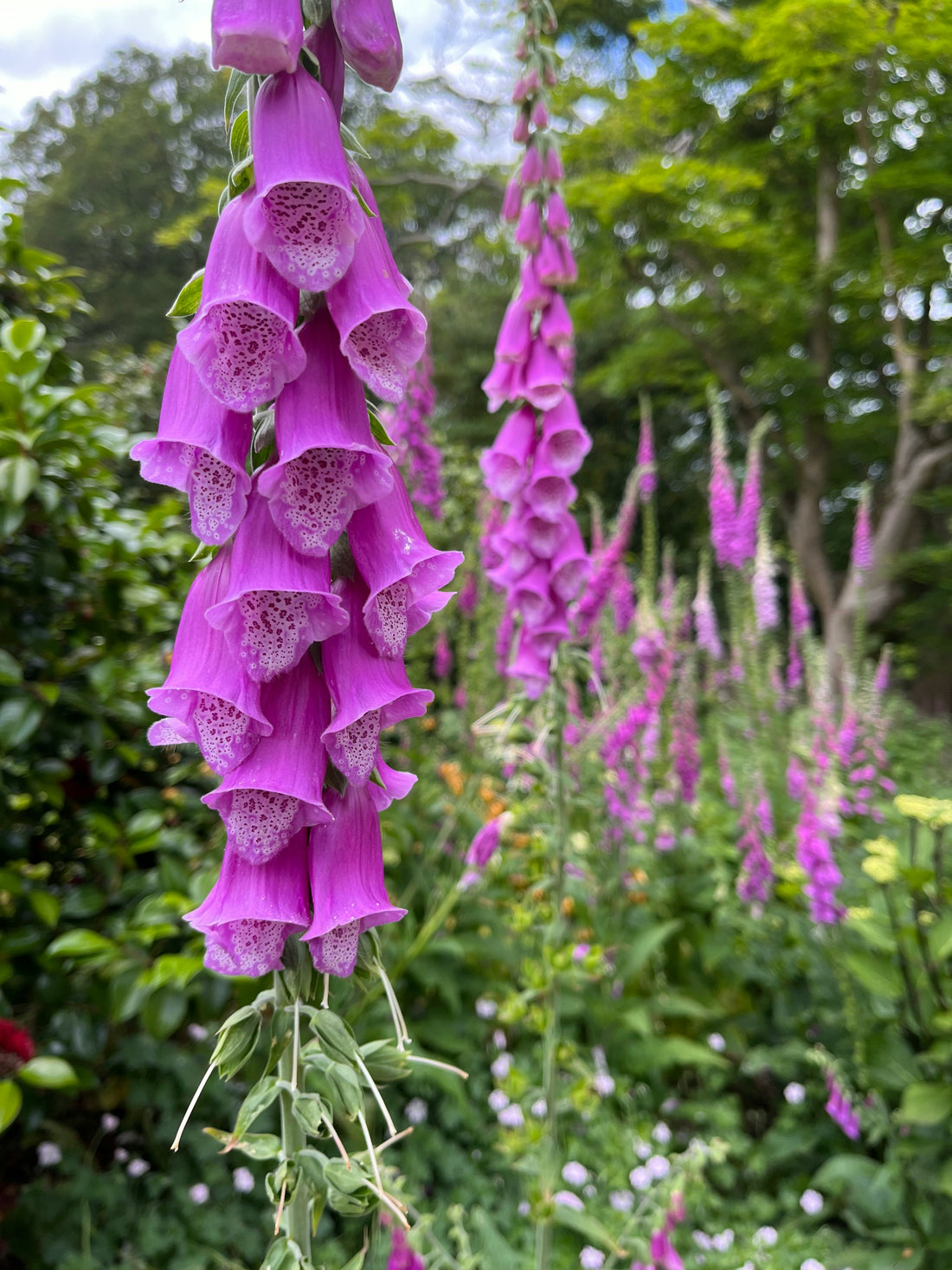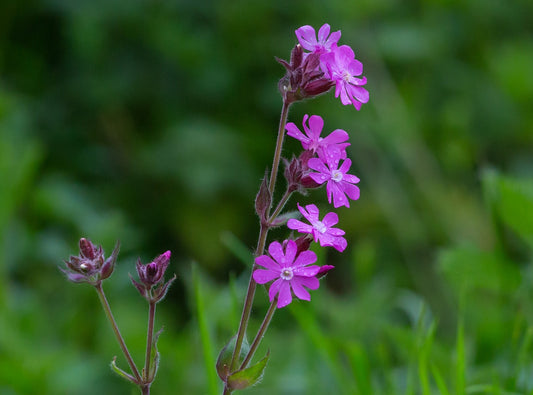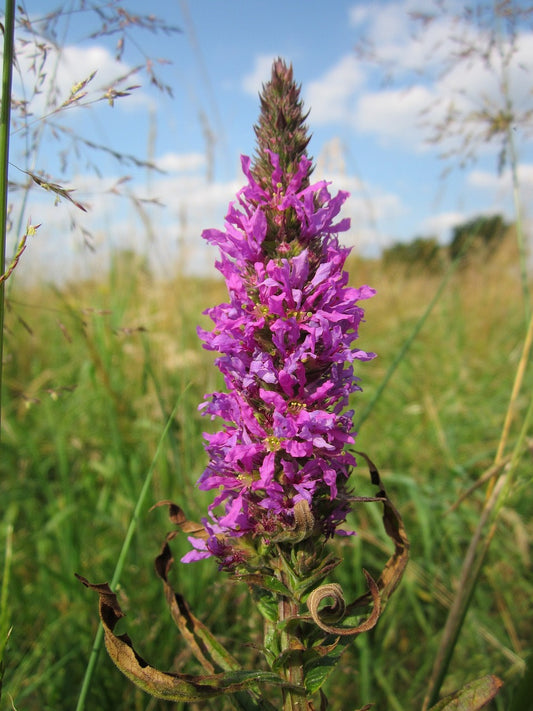
Growing Foxglove: A Guide on How to Plant Garden Showstoppers Without Losing Your Marbles!
This guide covers everything you need to know about planting foxglove (Digitalis), from preparation to care, ensuring vibrant and healthy blooms in your garden.
Introduction to Foxglove
Foxgloves, or Digitalis, are iconic plants known for their tall spires of bell-shaped flowers. They add dramatic height and colour to any garden, making them a favourite among gardeners.
Why Plant Foxglove in Your Garden?
Foxgloves are a wonderful addition to any garden for several reasons:
- Stunning Visual Impact: Their tall flower spikes create a striking vertical accent.
- Attract Pollinators: Bees and hummingbirds are particularly drawn to their nectar-rich flowers.
- Versatility: They thrive in a variety of garden settings, from borders to woodland areas.
Best Time to Plant Foxglove
Timing is crucial for successful planting. The best periods to plant foxglove are:
- Spring: Early spring after the last frost is ideal for planting.
- Autumn: Planting in early autumn allows the roots to establish before winter.
Choosing the Right Location
Foxgloves prefer specific conditions to thrive. When selecting a spot, consider the following:
- Soil Type: Well-drained soil is essential. Sandy or loamy soil works best.
- Sunlight: Partial shade to full sun. They do well with morning sun and afternoon shade.
Preparing the Soil
Proper soil preparation is vital for healthy growth. Here’s how to prepare your soil:
- Weeding: Clear the area of any weeds.
- Soil Amendment: Add compost or well-rotted manure to improve soil fertility.
- Raking: Smooth the soil surface to create an even bed for planting.
Planting Foxglove Seeds or Seedlings
Whether you’re planting seeds or seedlings, follow these steps:
- Sowing Seeds: Scatter seeds on the soil surface and lightly press them in, as they need light to germinate.
- Planting Seedlings: Dig small holes for seedlings, spaced about 30-45cm apart, and plant them at the same depth as their pots.
- Watering: Water the area gently but thoroughly.
Caring for Your Foxgloves
After planting, proper care will ensure robust growth and beautiful blooms:
- Watering: Keep the soil moist, especially during dry periods, but avoid waterlogging.
- Feeding: Apply a balanced fertiliser in early spring and again in mid-summer.
- Staking: Tall varieties may need staking to support their flower spikes.
Common Problems and Solutions
While foxgloves are generally hardy, they can encounter some issues:
- Pests: Aphids and slugs can be a problem. Use natural predators or organic insecticides.
- Disease: Watch for powdery mildew and root rot. Ensure good air circulation and avoid overwatering.
When to Expect Blooms
Foxgloves typically bloom from late spring to early summer. Depending on the variety, you can enjoy their stunning flowers for several weeks.
Safety Considerations
Foxgloves are beautiful but toxic if ingested. Ensure they are planted away from areas where children and pets play, and handle with care.
Conclusion
Planting foxglove in your garden can bring a touch of elegance and charm. By following these steps, you’ll be rewarded with tall, vibrant flower spikes that attract pollinators and add vertical interest to your garden. Happy planting!
For more gardening tips and comprehensive guides, keep reading our blog.




